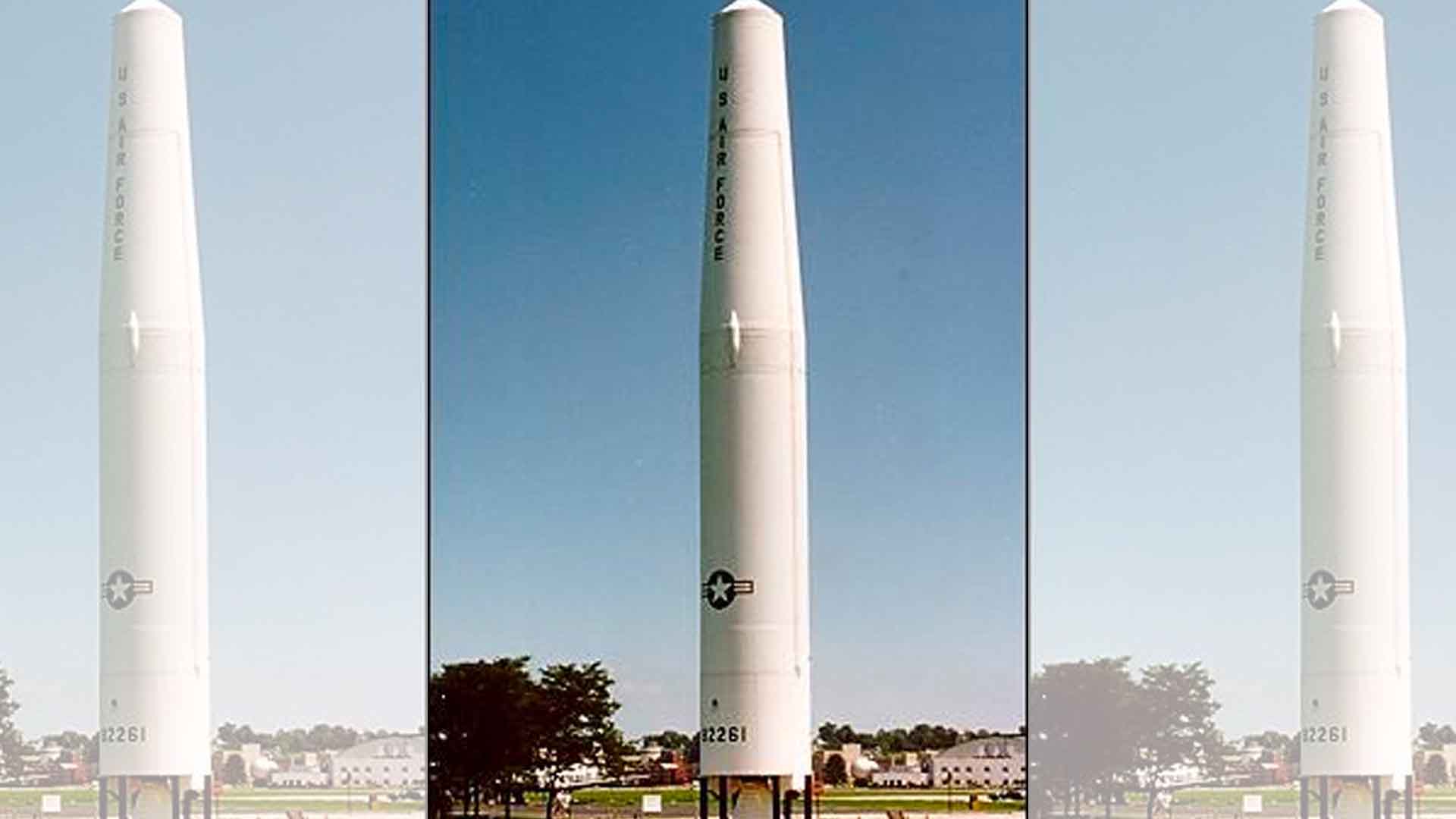Operation Fishbowl and the Crazy Story of Starfish Prime
Amid the Cold War’s tension, the United States embarked on Operation Fishbowl in 1962, also referred to as Project Fishbowl, which was a series of high-altitude nuclear tests. Operation Fishbowl’s purpose was not just a display of military might but also a venture into the unknown effects of nuclear detonations in space.
Operation Starfish Prime, the most notable of these tests, created a stunning visual spectacle in the night sky, visible from vast distances. This operation, driven by both strategic and scientific curiosities, marked a significant chapter in the era of nuclear experimentation.
What is Operation Fishbowl: Cold War Pressures Spark Nuclear Tests
On July 9, 1962, the night sky was unexpectedly transformed. From Hawaii to New Zealand, people witnessed an astonishing array of colors, courtesy of Starfish Prime. This high-altitude nuke explosion wasn’t just a military test; it became an accidental light show.

Source: United States Government Defense Nuclear Agency/Wikipedia
The bright flash, followed by a mesmerizing aurora, left observers in awe and disbelief, marking a moment in history where nuclear power’s visual impact was as striking as its military implications.
So what was the point of Operation Fishbowl? Operation Fishbowl was a direct response to the escalating nuclear arms race between the United States and the Soviet Union—and a piece of the larger Operation Dominic nuclear test program.

Source: The Nevada National Security Site/YouTube
After a temporary halt, the Soviets resumed atmospheric nuclear testing in 1961, prompting the U.S. to develop its own high-altitude tests. The operation was a strategic endeavor to stay ahead in the nuclear game, demonstrating the U.S.’s capabilities to counter any potential Soviet advancements in nuclear warfare.
Unraveling the Mysteries of Space: The Van Allen BeltsWhat is Operation Fishbowl: Cold War Pressures Spark Nuclear Tests
A key scientific interest behind Operation Fishbowl was the investigation of the Van Allen radiation belts. Discovered in 1958, these belts of charged particles held both challenges and opportunities for space exploration.

Source: The Nevada National Security Site/YouTube
The U.S. sought to understand how a nuclear explosion would affect these belts, exploring theories ranging from their potential as a weapon to their impact on future space travel. This quest for knowledge was a driving force behind the daring tests of nukes in space.
Starfish Prime: Preparing for the Unprecedented
The anticipation for Starfish Prime was palpable. This test, scheduled after a previous failed attempt, drew global attention, sparking both protests and viewing parties, particularly in Hawaii.

Source: The Nevada National Security Site/YouTube
People worldwide braced themselves for what was expected to be a groundbreaking event in nuclear testing history, showcasing the immense power humanity had harnessed and its unpredictable outcomes.
The Unforgettable Night of Starfish Prime
When Starfish Prime detonated, it was an unforgettable display of nuclear power. Observers described a blinding white flash transforming into a vibrant green ball of light, with colors spanning from purple to red streaking across the sky.

Source: The Nevada National Security Site/YouTube
This surreal phenomenon, resembling an otherworldly force, left a lasting impression on all who witnessed it, underscoring the awe-inspiring yet terrifying capabilities of nuclear technology.
Immediate Technological Disruptions from Starfish Prime
The aftermath of Starfish Prime was more than just visual. In Hawaii, nearly 900 miles away, the explosion caused significant technological disruptions.

Source: U.S. Air Force/Wikipedia
Street lights went dark, telephones ceased functioning, and electrical systems faltered, revealing the far-reaching and unforeseen consequences of a nuclear explosion at such a high altitude.
The Environmental Legacy of Starfish Prime
Starfish Prime’s impact extended far beyond its immediate aftermath. The explosion created an artificial radiation belt, more intense than the natural Van Allen belts, and persisted for years.

Source: United States Air Force Museum
This event underscored the long-term environmental consequences of high-altitude nuclear tests, raising concerns about the sustained impact of such explosions on Earth’s upper atmosphere.
A Turning Point: The End of Atmospheric Nuclear Testing
The realization of the risks associated with high-altitude nuclear tests, particularly following the Cuban missile crisis, led to a significant shift in international policy.

Source: Wikimedia Commons
The Limited Nuclear Test Ban Treaty of 1963, a result of negotiations between the U.S. and the Soviet Union, marked the end of such tests, reflecting a growing awareness of their potential to trigger catastrophic global consequences.
Contemporary Concerns Over High-Altitude Nuclear Explosions
Today, the prospect of high-altitude nuclear explosions remains a matter of national security concern. In a world increasingly dependent on satellites, the potential damage from such an event could be catastrophic.

Source: United States Government Defense Nuclear Agency/Wikipedia
This fear extends beyond traditional nuclear powers, with nations like North Korea posing potential new threats due to their lack of reliance on satellite networks.
Learning from Starfish Prime's Legacy
The Starfish Prime test has been instrumental in advancing our understanding of space and the effects of radiation. This event catalyzed significant scientific research, informing strategies to mitigate the impact of radiation from nuclear bombs in space.

Source: Federal government of the United States/Wikipedia
It stands as a stark reminder of the dual nature of scientific progress—its capacity for both discovery and destruction.
Reflecting on the Legacy of Operation Fishbowl
Operation Fishbowl, with Starfish Prime as its hallmark, leaves a complex legacy. It highlights the delicate balance between scientific exploration and ethical responsibility.

Source: Federal government of the United States/Wikipedia
These tests not only showcased humanity’s technological prowess but also emphasized the need for thoughtful stewardship of such power. As we reflect on this chapter of history, the lessons learned continue to resonate in our ongoing quest to harness technology for the betterment of humankind.
